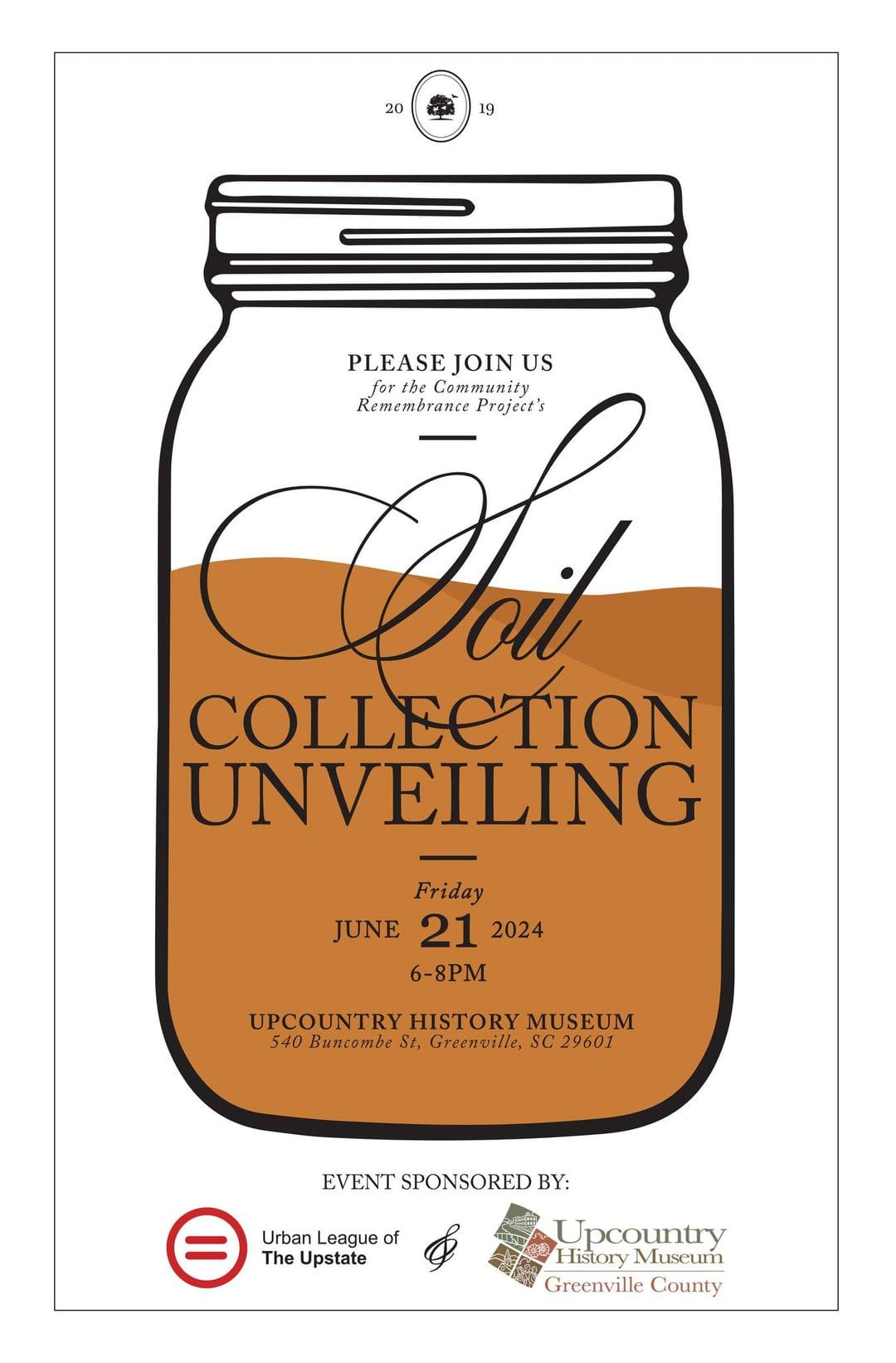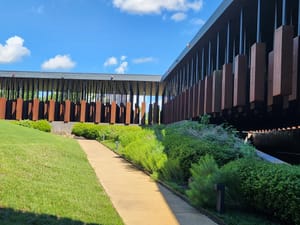We are determined...to work and fight until justice runs down like water and righteousness like a mighty stream. - Dr. Martin Luther King Jr.
Last year, I wrote a newsletter on Remembrance as a Path to Community Healing. In that newsletter, we talked about how important it is to acknowledge our past history of injustice through public and respectful community remembrance and truth-telling. In doing so, we can establish a context and frame that connects our past to our present and provides a foundation to build a better future for us all. This is difficult and painful work. It invites deep reflection about who we have been as a country, a community, and even as individuals. It calls us to wrestle with harm that has been inflicted in the past as well as harm that continues today. It challenges us to consider our personal roles and responsibilities as citizens, neighbors, and fellow humans.
That may not sound like a vacation to you, but I chose to make it part of my most recent vacation. This past month my partner and I enjoyed a long weekend at the beach with his son, daughter-in-law, and their two boys. It was a short visit filled with lovely family time. On our drive home, I took the opportunity to do some Self Work, by visiting the three Equal Justice Initiative (EJI) sites in Montgomery, Alabama. My partner and I had visited before, shortly after it opened, but I was unprepared for how much it had grown.
There are now three sites EJI spread across Montgomery, collectively called the Legacy Sites, with shuttles that run between. These are powerful sites of learning, remembrance, and reflection. But, they are also sites committed to action. One of the beautiful things about the National Memorial for Peace and Justice is that by design they have created a call to action to local communities. Keep reading to hear a little about my community's response to that call.
In my last newsletter, I offered tips to get outdoors with our Inclusive Community Outdoor Challenge. Now, I have yet another suggestion for you this summer.
Take a moment in your day, a stop on your travels, or make a special pilgrimage to visit a place committed to peace and justice. Whether it is a visiting a roadside marker, a museum, or the Legacy Sites. In honor of June 19, or Juneteenth, our national holiday to mark the end of slavery, consider attending a local event or celebration. Whatever you choose, I believe you will come away renewed and even more committed to this journey toward peace and justice for us all.
Equal Justice Initiative Legacy Sites
You can learn more about the EJI Legacy Sites by visiting this link.
The short video below introduces you to each site. One of of their sites alone is worth the visit, but the three together are truly remarkable. (If the video doesn't display in your email, view in your browser via the link at the top of the mail or you can also watch it at this link).
Other Recommended Sites
There are so many places to visit across our country. You will certainly find an opportunity in your own backyard. However, I'd like to give a special shout out for two additional sites I've found particularly valuable.
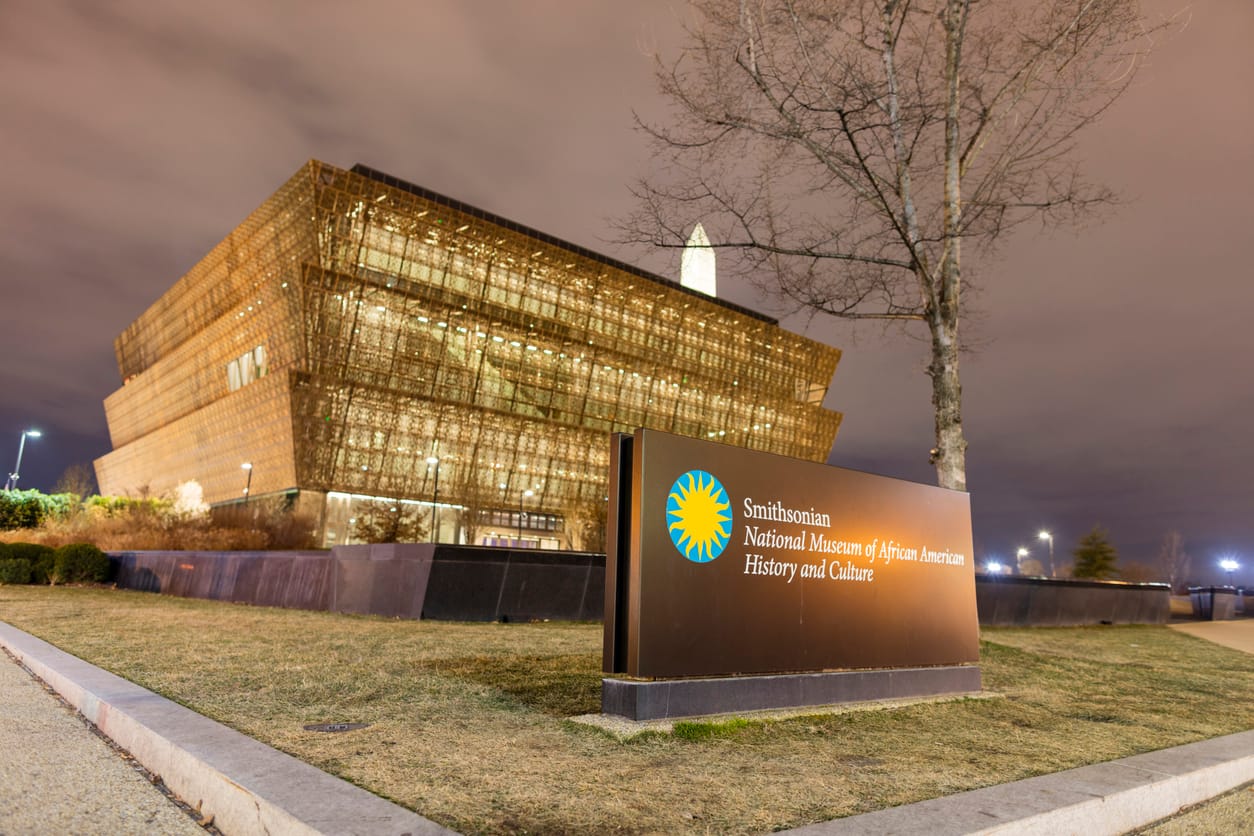
The Smithsonian's National Museum of African American History and Culture. The quote at the beginning of this newsletter is on the wall at their fountain where they offer a space of quiet reflection.
The International African American Museum in Charleston, SC. This museum is built on the wharf, the site where so many enslaved were brought ashore to our country. They also have a special center dedicated to helping dependents of slaves trace their family ancestry.
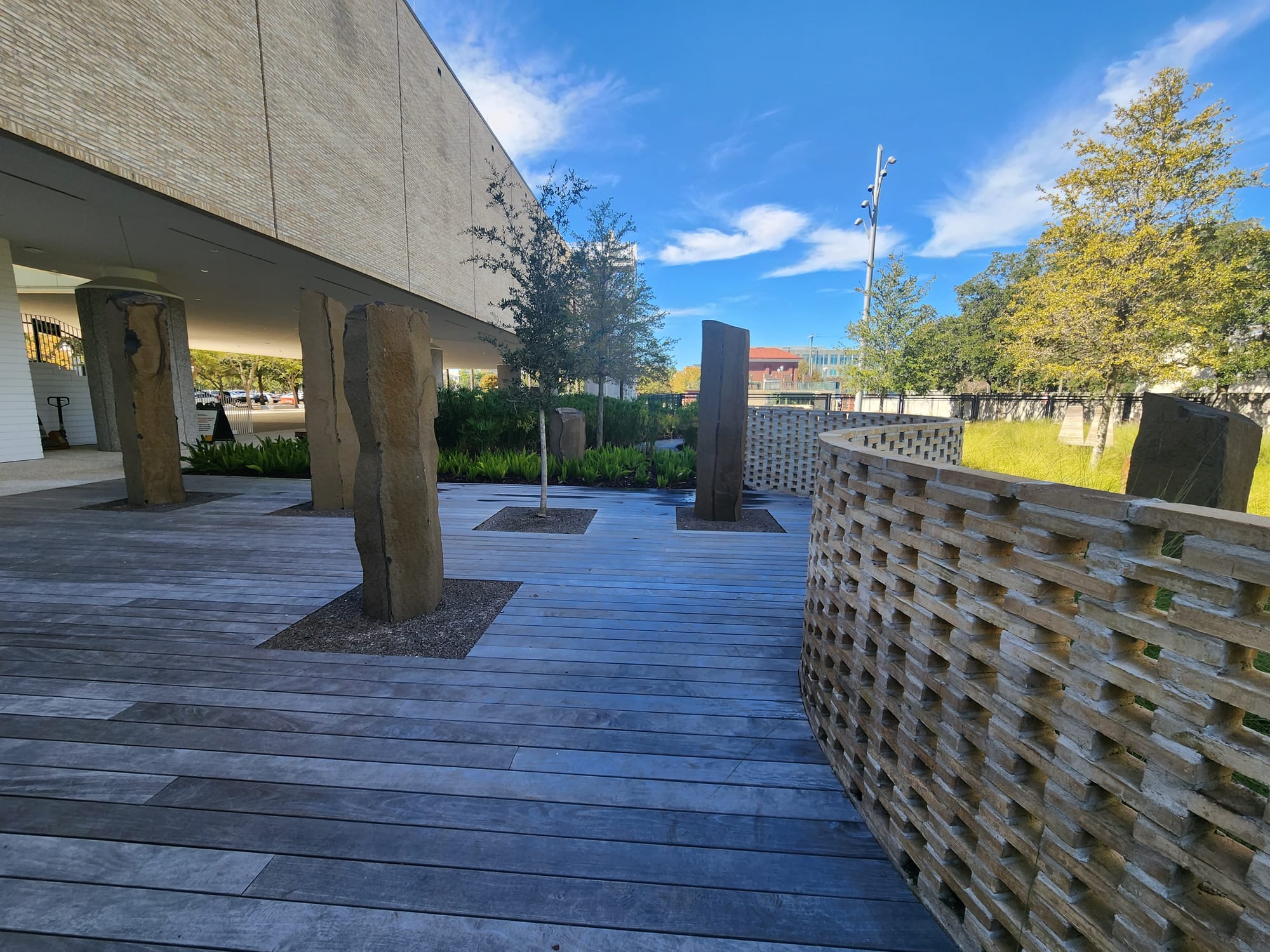
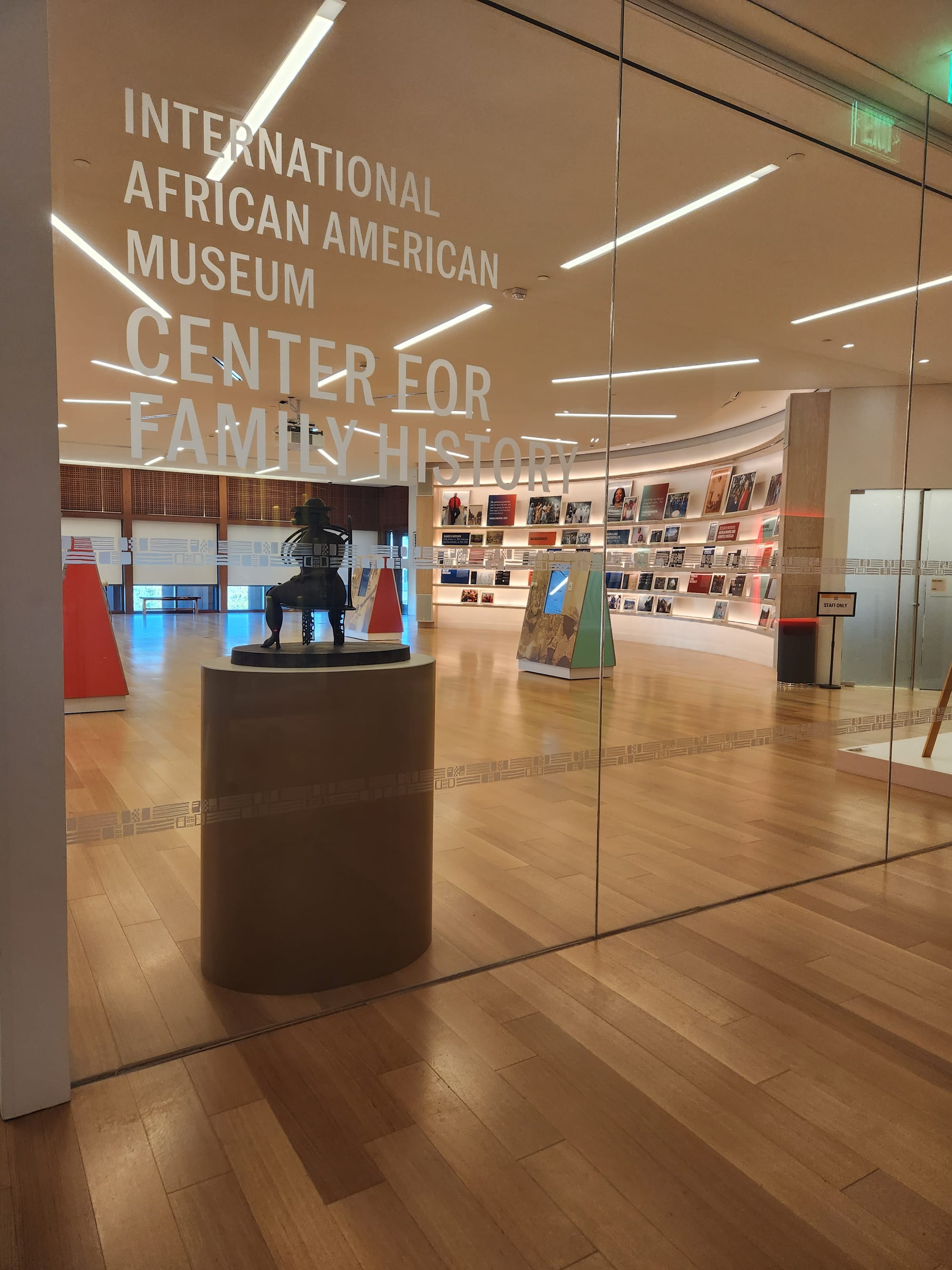
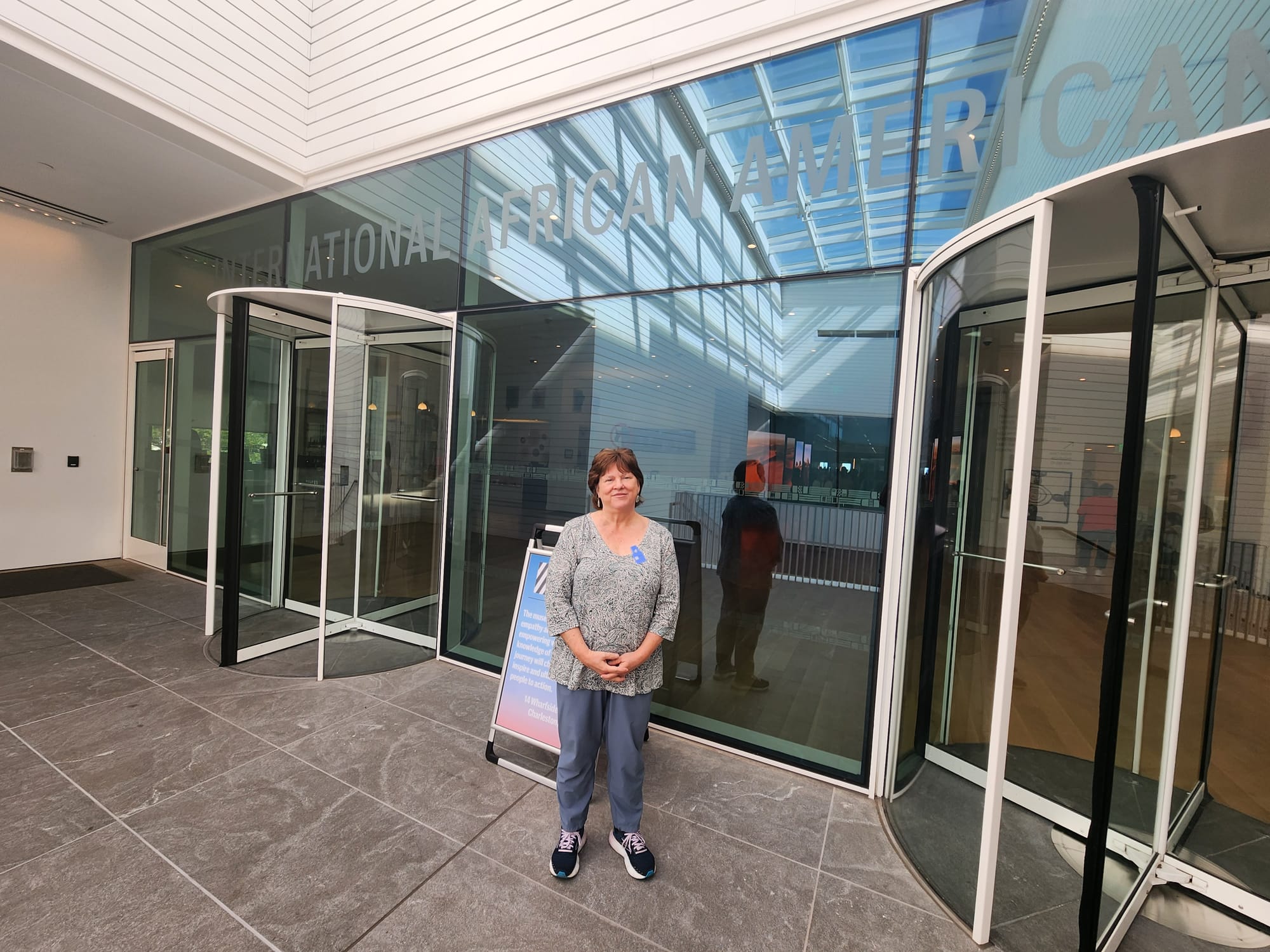
Images from the International African American Museum in Charleston, SC
An Upcoming Opportunity in Greenville, SC
Part of the EJI call to action for local communities is for them to conduct soil collection ceremonies, as I described in last year's newsletter. When a community does a soil collection ceremony, they fill two jars with soil from the site of each documented lynching. One jar is to be displayed locally in the community and one is returned to the EJI for display at their sites in Montgomery.
Our local community remembrance team has held soil collection ceremonies for each of the victims documented in our county. On June 21st, they will take the next step of creating a local exhibit to be housed in our Upcountry History Museum.
In the Legacy Museum, there is a corresponding display of over 800 of the jars that have been returned to the EJI by local communities. In that display, there is soil from across our country, soil that perhaps still carries the DNA of the victims. Photography is not normally allowed inside the museum. But, during my recent visit, a museum manager generously helped me locate and took a photo for me of two of our county's jars on display there.
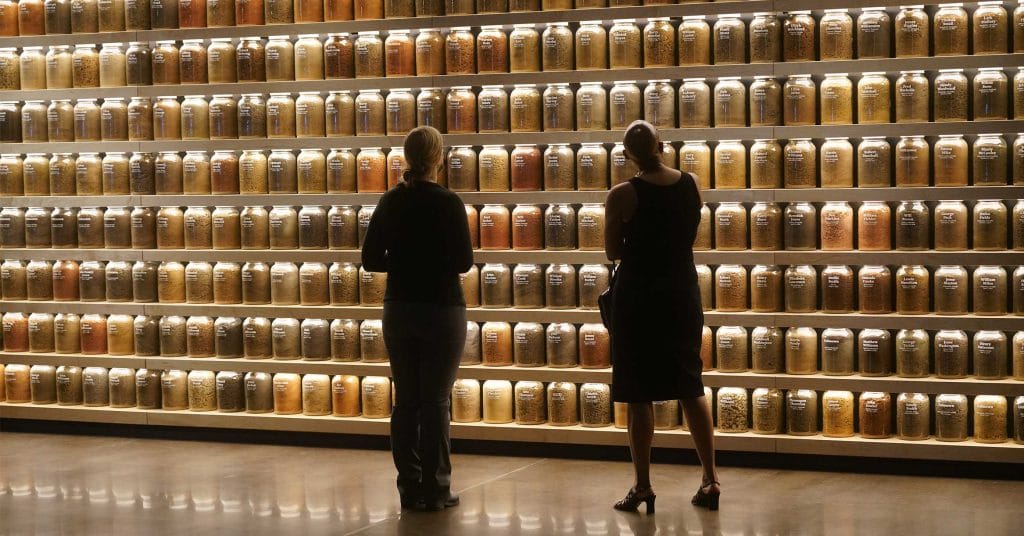
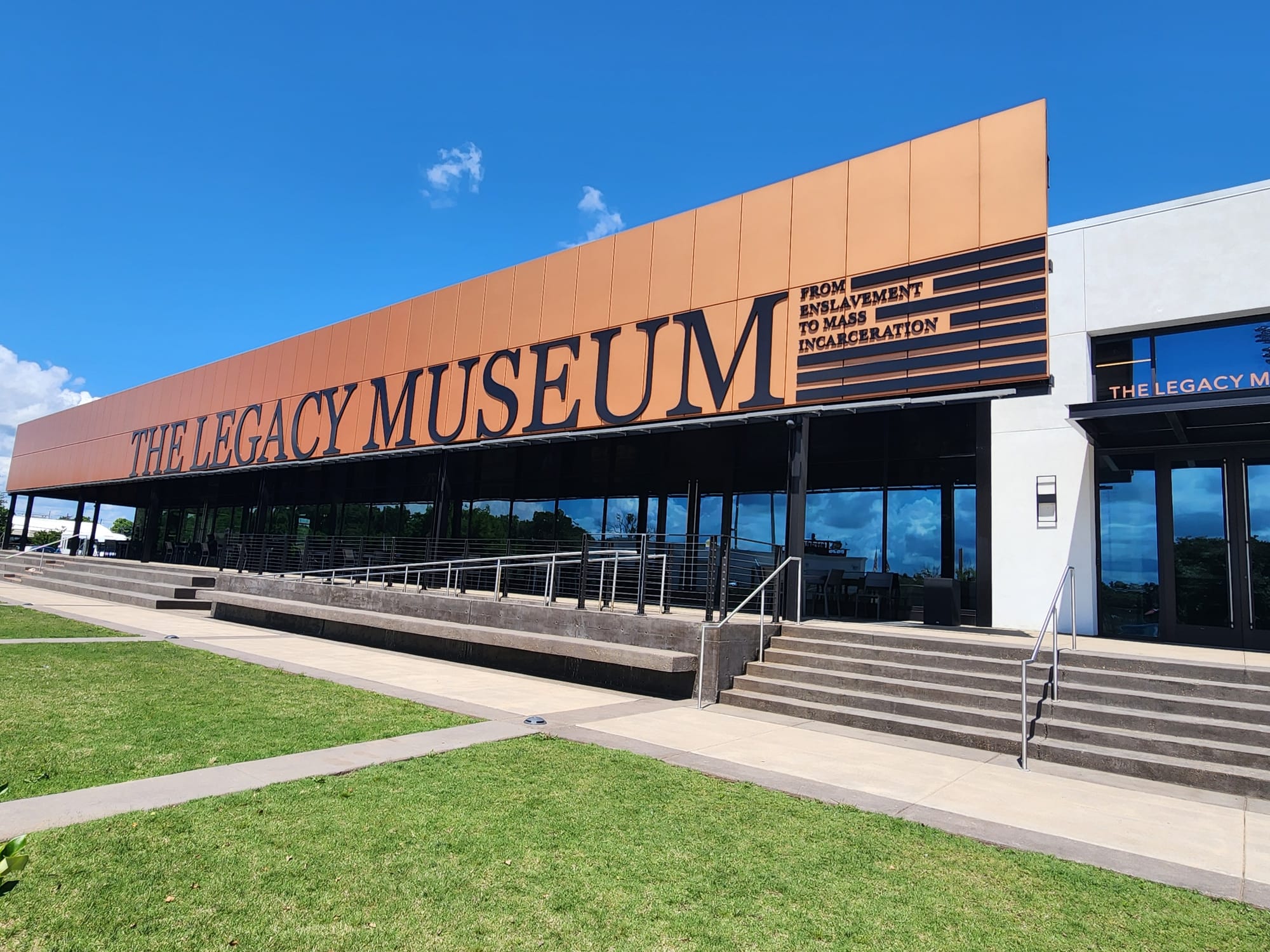
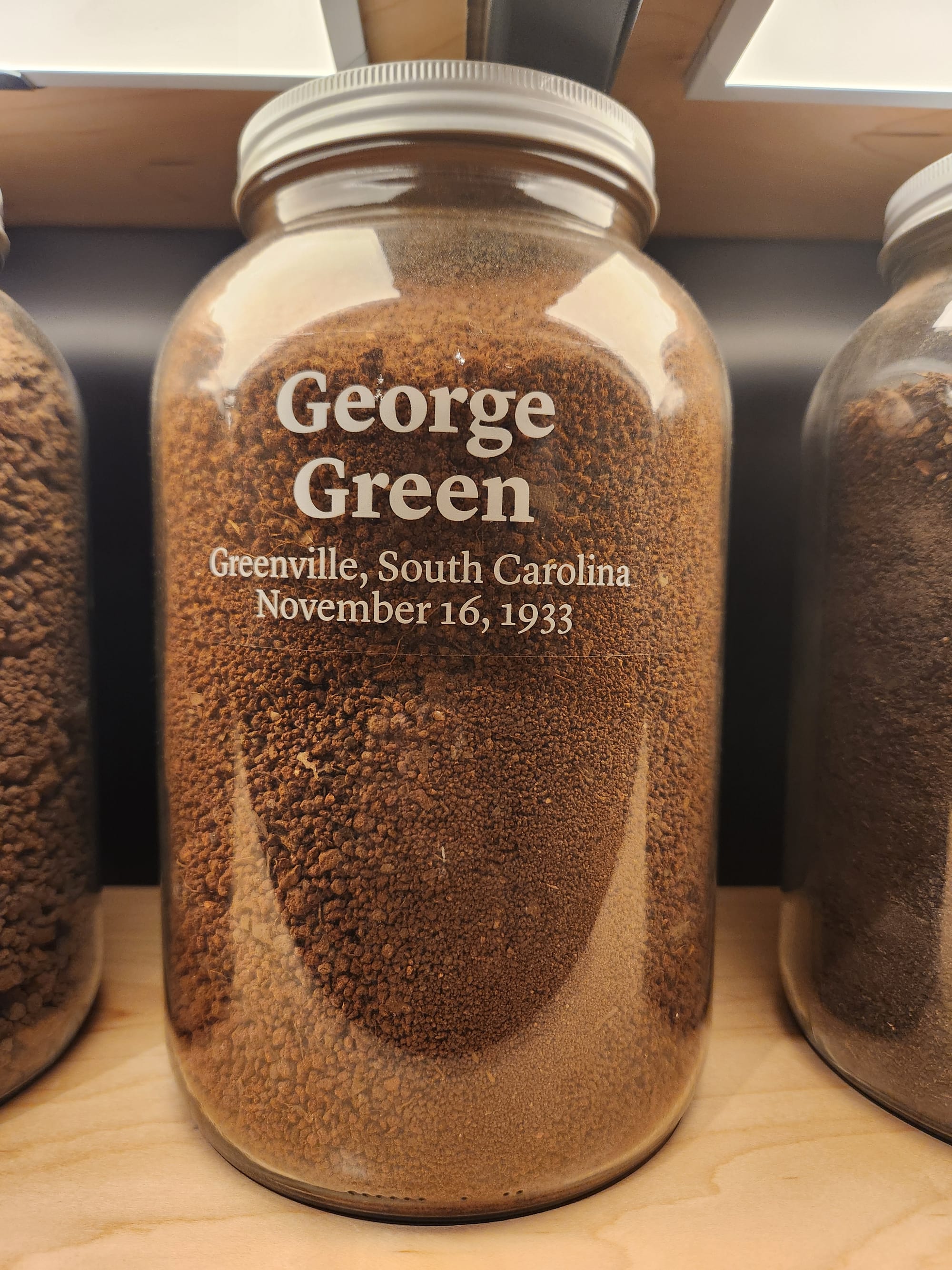
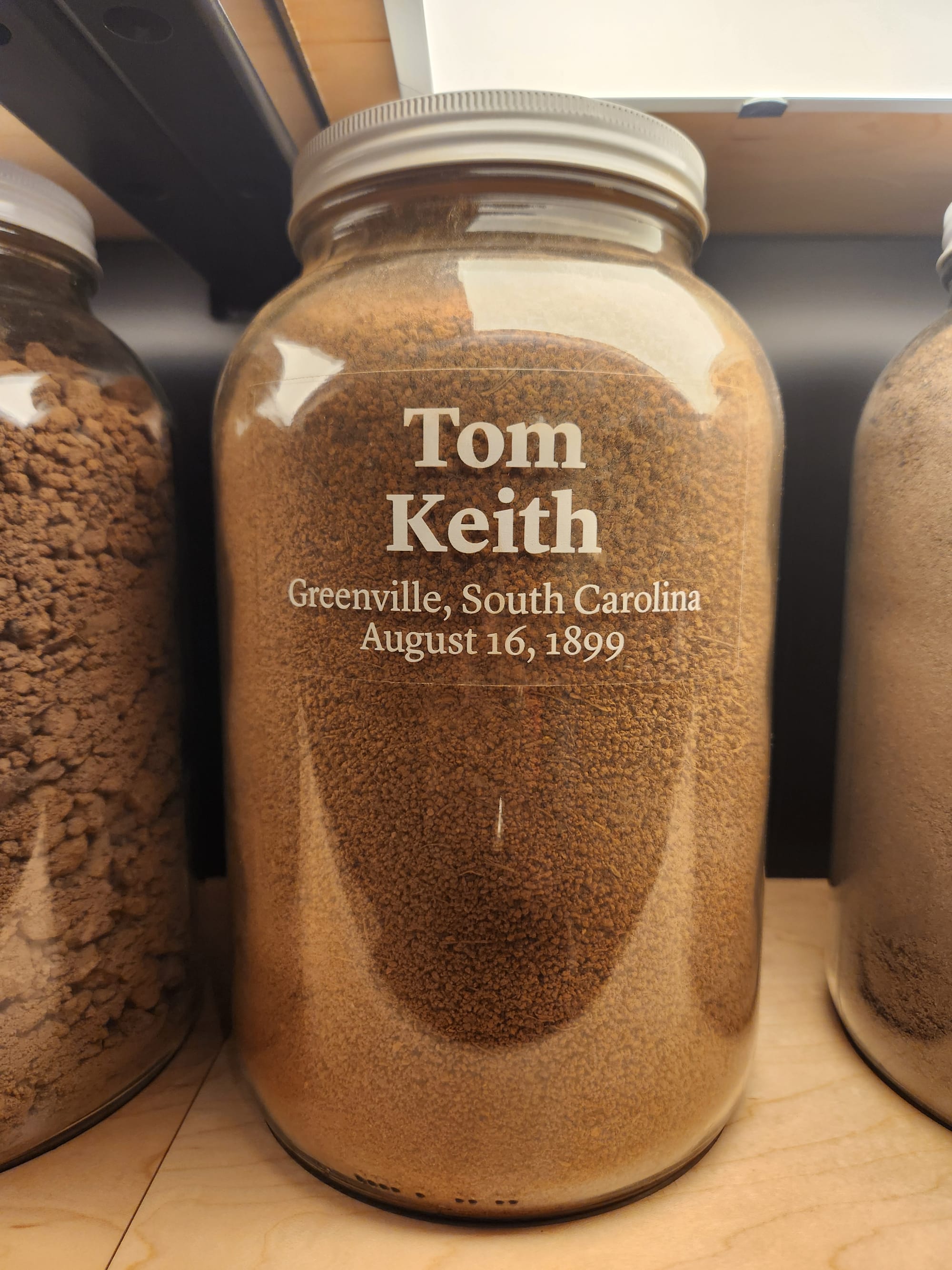
If you are in the Greenville, SC area, mark your calendars to join us on June 21st. The Community Remembrance Project of Greenville County, SC is commemorating the four known victims of racial terror in Greenville County, SC.
- Robert Williams – November 4, 1881
- Ira Johnson – July 15, 1895
- Tom Keith – August 16, 1899
- George Green – November 16, 1933
They will unveil our Soil Collection Exhibit at the Upcountry History Museum. Register to attend here.
